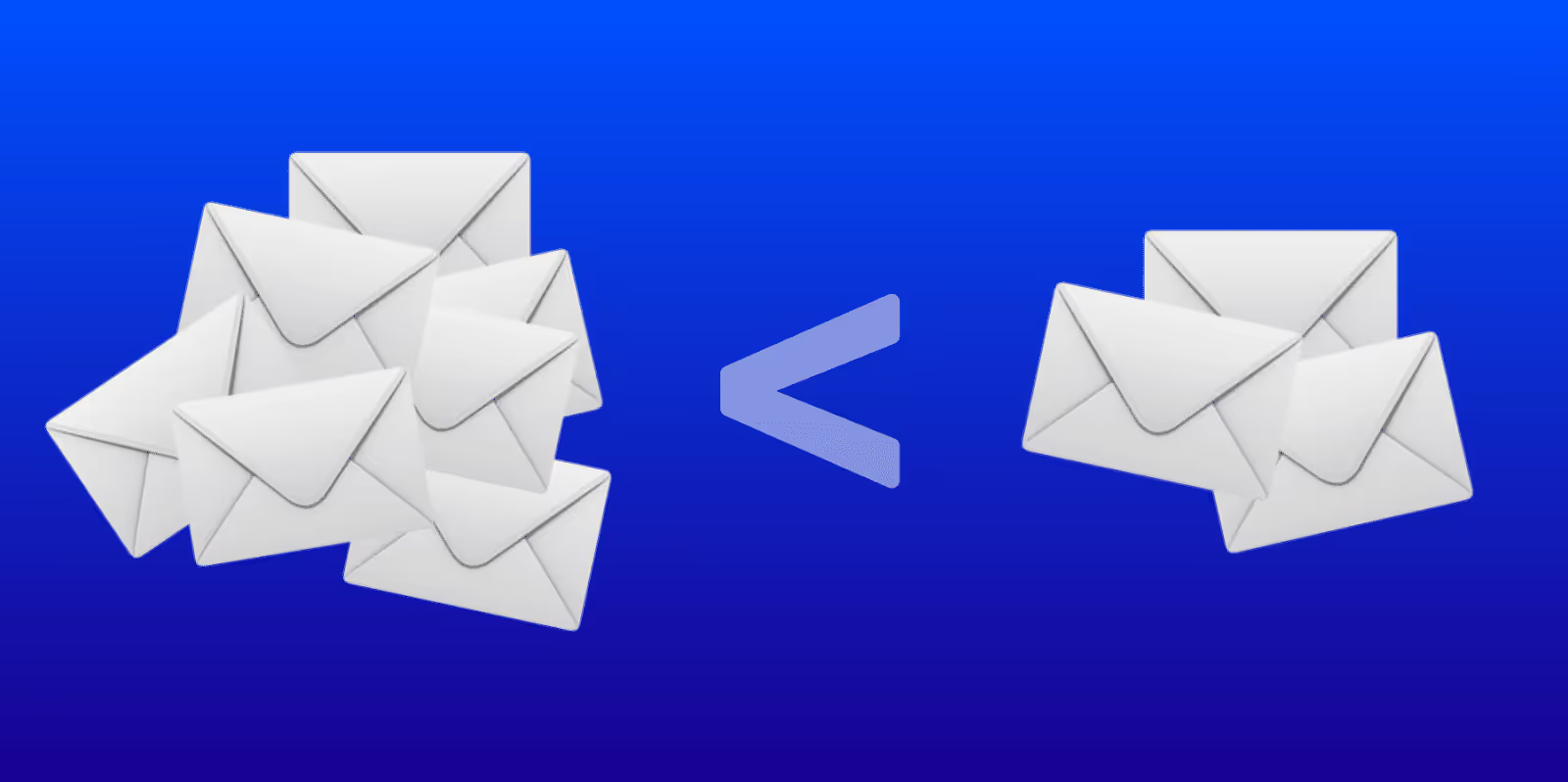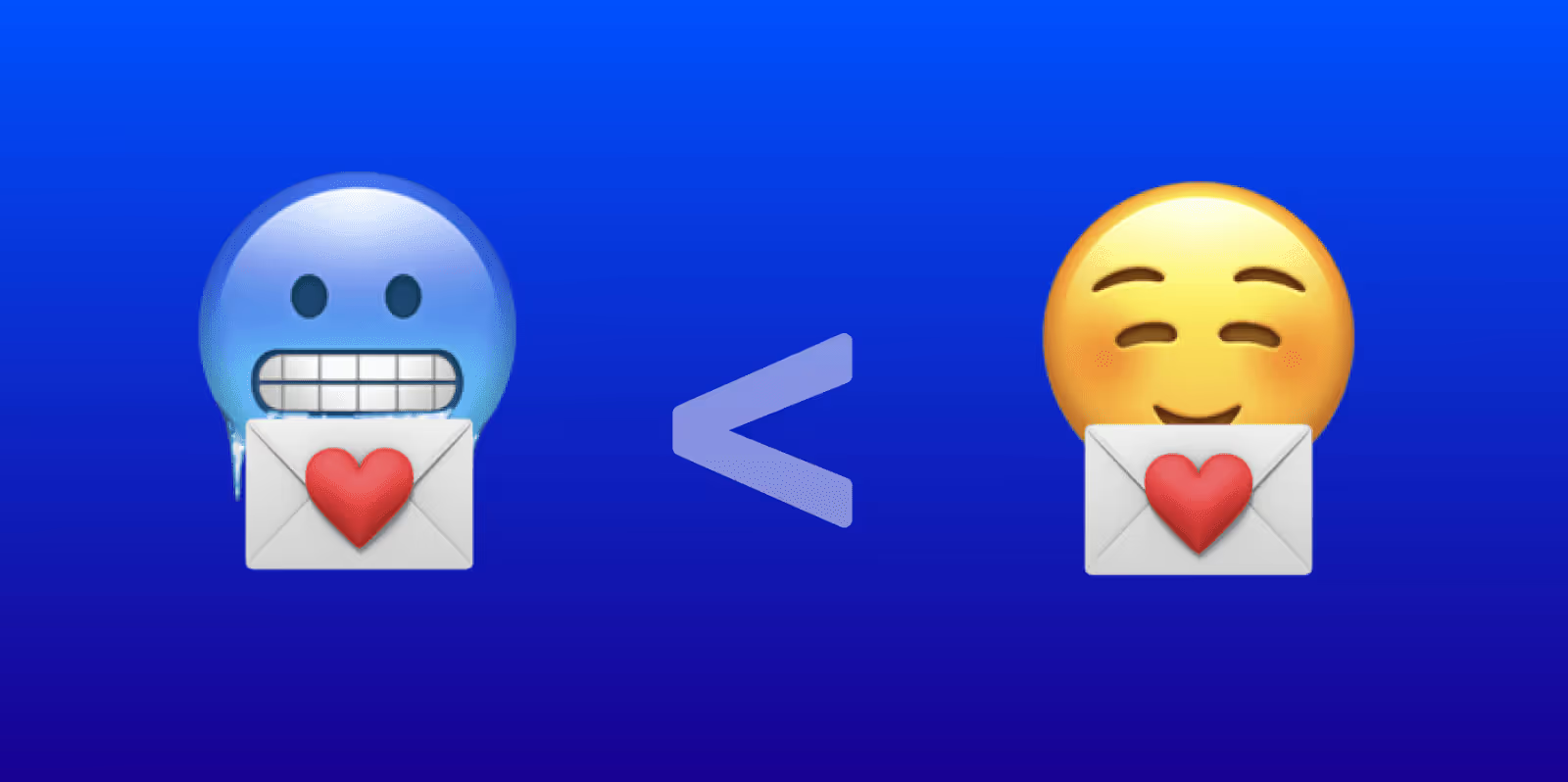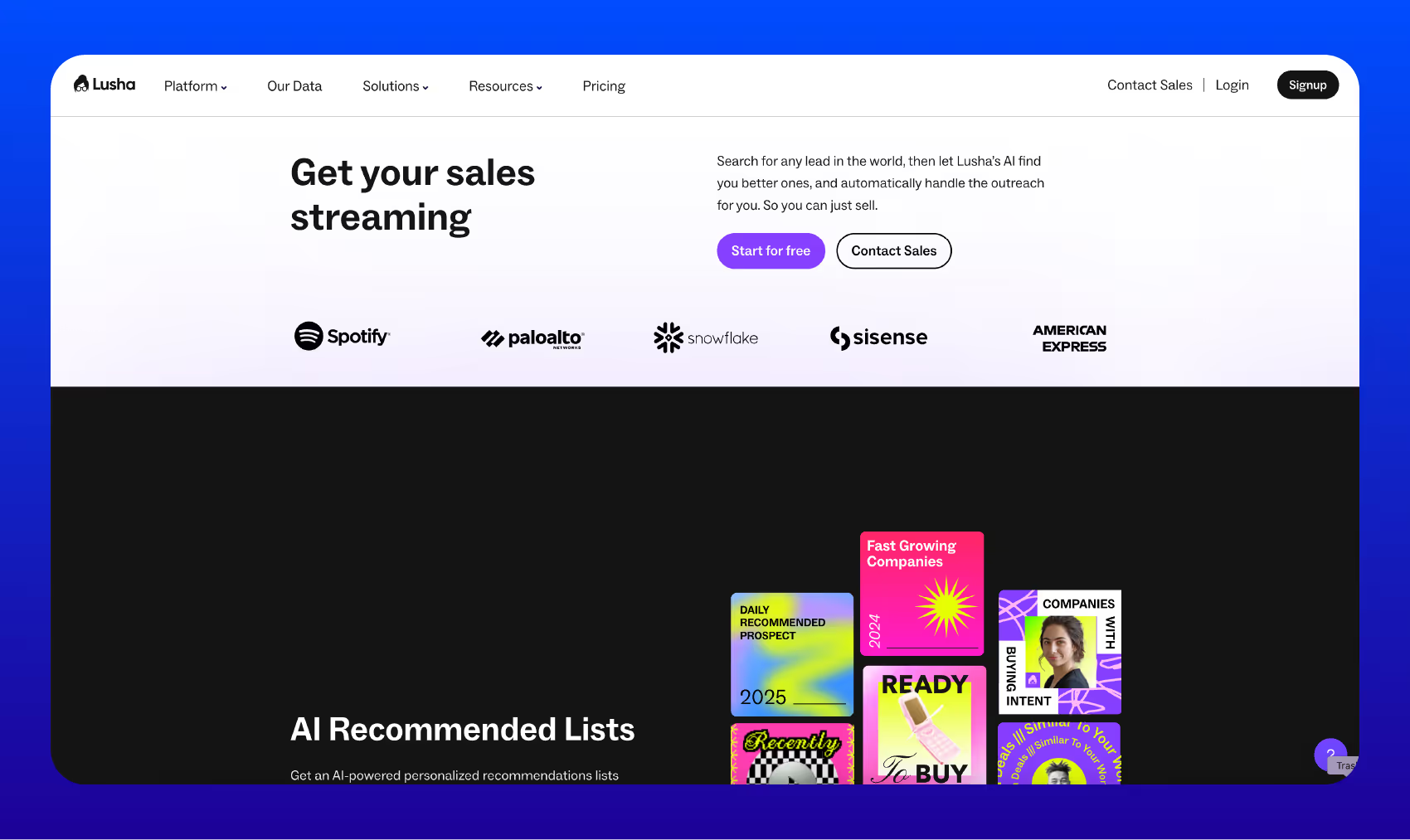Cold Emails Not Working? Here's How to Fix It.


If your cold emails aren’t getting the replies you’re hoping for, something’s off.
I say this as someone whose team consistently hits a 35% reply rate on cold email campaigns. If your numbers aren’t even close to that, it’s time to fix your campaign.
Here’s a straightforward breakdown of what might be going wrong and, more importantly, how you can fix it.
Let’s get into the details.
How to Improve Cold Email Reply Rates?
Here’s a quick list of the tips we’ll be covering:
- Target the right audience
- Use software optimized for cold email
- Set up email warming (continuously)
- Offer value in your cold email CTA
- Don’t send calendar links, ask to connect
- Send Shorter Emails
- Verify emails (high bounce rates hurt your sender reputation)
- Send fewer emails
- Check sender reputation (SPF, DKIM, DMARC)
- Send fewer follow-ups to avoid spam reports
- Add LinkedIn outreach
- If all else fails, engage warm leads
1) Target the Right Audience

The #1 reason cold emails fail? They’re sent to the wrong people.
If you’re blasting your email to a broad list without making sure each recipient fits your target profile, you're setting yourself up for failure. It’s tempting to think bigger is better, but quality always wins over quantity in cold outreach.
Spend extra time refining your list. Manually verify that your contacts are a great match for your offer if you have to.
Ask yourself “are they in the right industry?” and “Do they have the pain points your solution addresses?”
Narrowing down your audience will get you better results with fewer emails sent.
2) Use Software Optimized for Cold Email

There are a lot of tools out there that you can use to send cold emails but not all of them are optimized to send gold emails.
For example, if you connect your email via IMAP you're going to get lower open and reply rates than if you connect with a native integration through Google or Microsoft.
I can’t be sure why this is the case but I assume the reason is that Google and Microsoft simply trust emails that come from their own surfaces more.
Another thing you want to look for in cold email software is human like sending. LeadLoft for example, actually adds random delays between each email sent and makes the email feel like it's coming from an actual human and this fool’s spam folders.
So just make sure you check for features like this when you're selecting a cold email software otherwise everything in this article will be meaningless.
3) Set Up Email Warming (Continuously)

Deliverability is a huge factor in whether your cold emails even reach someone’s inbox. If your domain or email address has been inactive or has a bad sender reputation, your emails might get filtered as spam before they can even be read.
That’s why you need email warming software and here’s an expert tip: you should continuously warm your email.
Email warming gradually builds up your sender reputation by engaging in positive interactions with your inbox.
This could mean automated services that send and respond to emails from other “warmed” addresses to boost your reputation.
If you’re serious about improving deliverability, email warming is a must, and it shouldn’t be a one-time thing. Keep it going for as long as you are running your campaigns.
4) Offer Value in Your Cold Email CTA

Your cold email isn’t about you, it’s about what you can do for your prospect. And you need to make that clear in your call to action (CTA).
Instead of asking for a meeting right away, consider offering something of value that addresses their pain points.
For example, offer a free resource, a tip specific to their industry, or an insight that shows you’ve done your research.
A strong CTA doesn’t just ask for their time, it gives them a reason to hop on your call.
5) Don’t Send Calendar Links, Ask to Connect

If you’re shooting off emails asking prospects to book a meeting on your scheduling link, you’re setting yourself up for failure in more ways than one.
To start, nobody wants to fill out your scheduling link. They want to build a connection with someone or have a conversation. Sending a scheduling link just screams “automated email” and you want to avoid that.
A small but important factor is the fact that each response helps your domain with future deliverability. If you are getting responses, this sends a good signal to google that they should continue to send your email to the inbox and not the spam folder.
6) Send Shorter Emails

If you’re sending long-winded emails that look more like essays, you’re losing your audience. Cold emails need to be clear and concise.
People are busy, and nobody has time to read through three paragraphs before figuring out what you’re asking for.
Keep your cold emails under 150 words. Lead with value, get to the point quickly, and make it easy for them to say yes to your CTA.
7) Verify Emails (High Bounce Rates Hurt Your Sender Reputation)

One of the biggest killers of cold email success is high bounce rates. If you’re sending emails to invalid addresses, it’ll hurt your sender reputation, and your future emails will likely end up in spam folders.
Before launching any cold email campaign, make sure you’re using an email verification tool. This helps you identify and remove invalid or risky email addresses, reducing your bounce rates and improving deliverability.
It’s a quick fix that can make a huge difference. For best results, consider using BounceShield from LeadLoft, which can verify catch-all and risky emails: especially useful when following up after a long time, or when your data may be outdated.
8) Send Fewer Emails

If you’re sending hundreds or thousands of cold emails every day, you might be triggering spam filters.
High-volume email blasts can raise red flags for email providers, making it more likely that your messages will end up in the junk folder.
Instead, focus on quality over quantity. Send fewer emails, but make sure each one is highly targeted, personalized, and relevant.
Scaling back your volume will actually help you land more replies by keeping your sender reputation intact and ensuring better deliverability.
Here’s an article outline Gmail’s real email limits for cold email.
9) Check Sender Reputation (SPF, DKIM, DMARC)

Your sender reputation is the foundation of your cold email success. If it’s poor, most of your emails will never make it to your recipient’s inbox.
Make sure you have your SPF, DKIM, and DMARC records set up correctly. These email authentication protocols protect your domain from being spoofed and help prove to email providers that you’re a legitimate sender.
If you’re not sure what these are, we wrote an entire article explaining SPF, DKIM, and DMARC and how to set them up.
10) Send Fewer Follow Ups to Avoid Spam Reports

Following up is important, but overdoing it can backfire. If you’re sending too many follow-up emails, you risk irritating your recipients, leading to spam reports and hurting your deliverability.
A good rule of thumb is to keep your follow ups to 2-3 max.
Spread them out over a few days or even a week, and make sure each one adds value or offers something different from the last. You don’t want to be that annoying sender that floods someone’s inbox with pushy follow-ups. Less is more.
11) Add LinkedIn Outreach

Our team does extremely well with cold email but the one thing that works better than cold email is LinkedIn outreach.
So if you're struggling to make cold emails work, it might be worth it try adding LinkedIn steps to your cold email campaigns.
And if you’re using a tool like LeadLoft, this can be as easy as adding just a couple of LinkedIn steps to begin running Outreach.
If you want to learn more on how LinkedIn automation works, check out our LinkedIn automation software here.
12) If All Else Fails, Engage Warm Leads

If your cold emails still aren’t hitting the mark, shift your focus to warm leads.
Warm leads are people who’ve already engaged with your brand in some way, maybe they visited your website, subscribed to your newsletter, or attended a webinar. These leads are more likely to respond because they’re already familiar with your brand.
If you’re struggling with cold outreach, try working on nurturing your warm leads. They’re often much easier to convert, and you’ll get better results with less effort.
Wrapping Up
Cold email doesn’t have to be a frustrating process. If it’s not working for you right now, it’s just a sign that something needs adjusting. And if you follow the steps outlined in this article, you’ll be back on track in no time.
And to make sure your campaigns are performing well, feel free to compare your results with our cold email KPIs. This should ensure you know if you’re on the right track.
And if you need help optimizing your cold email strategy or improving your sender reputation, feel free to book a time with our team. Our team is here to help you get on the right track and boost your cold email success.






